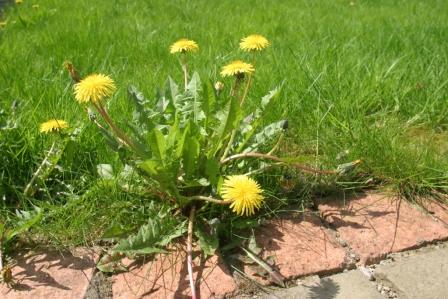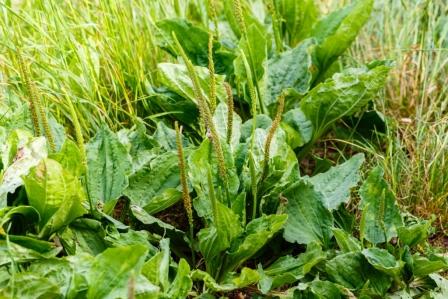Early Spring Broadleaf Weed Management
As turfgrass transitions from dormancy into active growth, it’s critical for landscape and lawn care professionals to take a strategic approach to broadleaf weed management. These persistent weeds compete aggressively for light, nutrients, and water—reducing turf density and aesthetic quality. Success in early spring depends on two key factors: timely identification and precise herbicide application.
- Scout Early and Know What You’re Up Against
Begin assessing turf areas as soon as soil temperatures approach 50–59 °F. Many broadleaf weeds germinate within this range and can establish quickly after mild winters. Common early-season culprits include chickweed, oxalis, and dandelion. Tracking which species are present and where they emerge year after year helps you develop a proactive, site-specific control strategy.

Turf sites with nutrient deficiencies, compacted soils, poor drainage, or improper mowing height are most vulnerable to broadleaf invasion. By identifying these stress points early, professionals can correct underlying issues before they lead to more severe infestations.
- Timing and Turf Health Are Everything
Post-emergent broadleaf herbicides depend on both weed activity and turf health for maximum performance. Applications made too early—while turf is still coming out of dormancy—can delay green-up or stress weakened grass. Cooler temperatures also slow herbicide absorption and movement within the plant, reducing control effectiveness.
For best results, target applications when air temperatures consistently reach around 70 °F and weeds are actively growing. Always evaluate turf vigor and environmental conditions before an application to avoid unintended turf injury.
- Choose the Right Herbicide Strategy
Broad-spectrum, multi-active post-emergent herbicides generally provide greater coverage and flexibility than single-mode products. For early spring, consider combination products that include both pre- and post-emergent components. This approach allows professionals to address established weeds while preventing future flushes of both broadleaf and grassy weeds.
Always follow label directions for turf species, rates, adjuvants, mowing restrictions, and soil conditions. Proper calibration and adherence to manufacturer recommendations protect turf quality and ensure consistent results.
- Strengthen Cultural Practices

Weed outbreaks are often a symptom of turf stress. Areas suffering from winter injury, soil compaction, nutrient imbalance, or poor drainage provide ideal conditions for weed establishment. Enhancing cultural practices—such as aeration, balanced fertility, pH correction, and proper mowing height—reduces weed pressure and enhances herbicide effectiveness.
- Plan for Follow-Up
Perennial broadleaf weeds often require more than one treatment per season. They can regenerate from rhizomes or stolons, and missed timing or sub-optimal weather can reduce initial control. Even with annual species, follow-up monitoring ensures new germination is caught early and prevented from spreading.
In Summary:
Effective early-spring broadleaf weed management combines smart timing, sound cultural practices, and informed herbicide selection. By taking a proactive, integrated approach, landscape and lawn care professionals can reduce weed pressure, enhance turf resilience, and deliver consistently healthy, high-quality lawns that make a lasting impression.
LebanonTurf has granular fertilizers with both pre- and post-emergent active ingredients that are well suited for early spring broadleaf applications:
ProScape 19-0-6 40% MESA LockUp + .17 Dimension
ProScape 19-0-6 40% MESA .145 Dimension + Confront3
We also offer a wide range of post-emergent products that can be found in the weed control section of our product catalog.
LockUp, Confront and Dimension are registered trademarks of of Dow AgroSciences